Self-built website design trends

As Internet technology continues to advance, the field of web design continues to evolve. Every year, we see new design concepts and technologies emerge, from themes to the direction of technology development. Companies like Airsang Design are at the forefront of this evolution, embracing innovation and setting new standards in creativity and functionality. These trends will profoundly impact website performance and user experience in the coming years.
Mobile-First Design & Responsive Trends
With the popularity of mobile devices, web design is moving towards mobile-first. With mobile usage increasing, prioritizing mobile user experience enhances interaction, clarifies brand messaging, and improves website effectiveness.
In digital marketing and brand communication, storytelling is becoming an important means to attract users. Brands can tell brand stories in many ways, such as:
Video content: Video is a key medium for brand communication, and its use on websites will continue to grow significantly. It is expected to account for 70% of the total Internet traffic.
Chatbots: Web designers are using chatbots to create smarter, more personalized experiences, making website interactions feel more natural and engaging.
Animation technology: The development of HTML5, CSS3 and JavaScript has made animation an important element to enhance user experience. Brands can use animation to attract user attention and enhance the interactivity of the website.
Personalized & Visual Design Trends
In addition, responsive design remains one of the key trends in web design. Through CSS media queries and flexible grid layouts, websites can automatically adapt to the screen sizes of different devices, ensuring that users can get a good browsing experience on a variety of devices. With the rise of mobile-first strategies, the importance of responsive design will be further highlighted.
In terms of personalized design, the demand for original content is growing. Brands are moving away from common image, video, and icon libraries, opting for customized visual elements to enhance uniqueness.such as:
Unique fonts: Brands are using personalized fonts, like hand-drawn or oversized styles, to strengthen their visual identity and stand out.
Personalized illustrations: Original, interesting illustrations are a growing trend in web design, enhancing the user’s visual experience and engagement.
Original photography: Brands prefer using customized, high-quality images over stock photos to more effectively communicate their brand message and identity.
In addition, Flat Design is still one of the mainstream trends. Introduced by Google in 2014, this design style emphasizes simplicity, bright colors, and intuitive interfaces for easier user interaction.Similarly, Card-Based UI will continue to be popular. This design method divides web page content into multiple independent cards to facilitate user browsing and interaction.
Similarly, Card-Based UI will continue to be popular. This design method divides web page content into multiple independent cards to facilitate user browsing and interaction.
In terms of visual effects, parallax scrolling is being adopted by more and more websites. By letting the background layer scroll at different speeds, parallax scrolling can create a 3D effect, enhance the dynamics of the web page, and immerse users in it.
Evaluating web design focuses on user experience, while brands boost retention by analyzing behavior and optimizing content and interactions.
Web design trends, from mobile-first to original content, focus on improving user experience and helping websites stand out competitively.
Conclusion:
If you need customized page design, please contact airsang, bye!

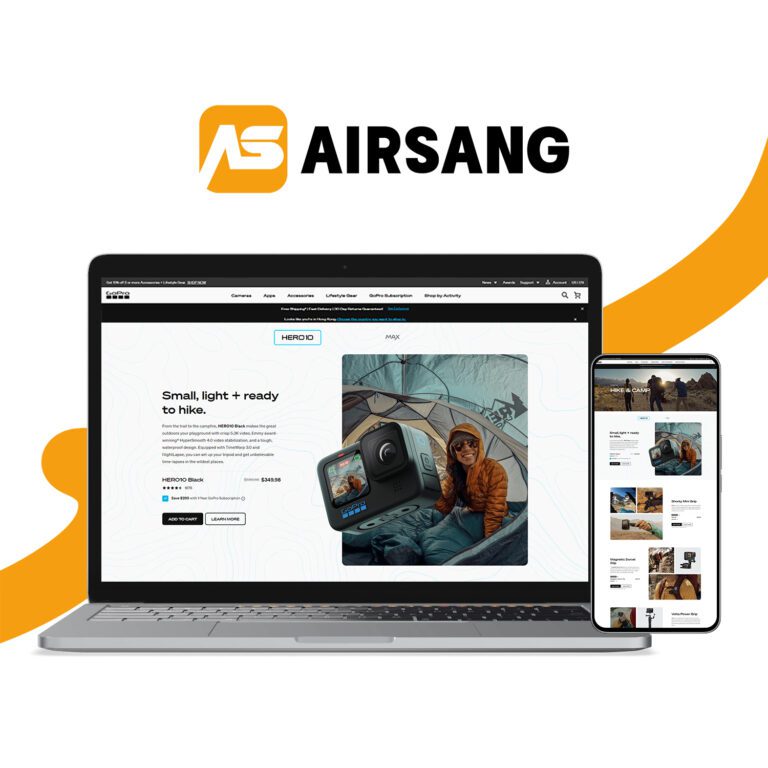
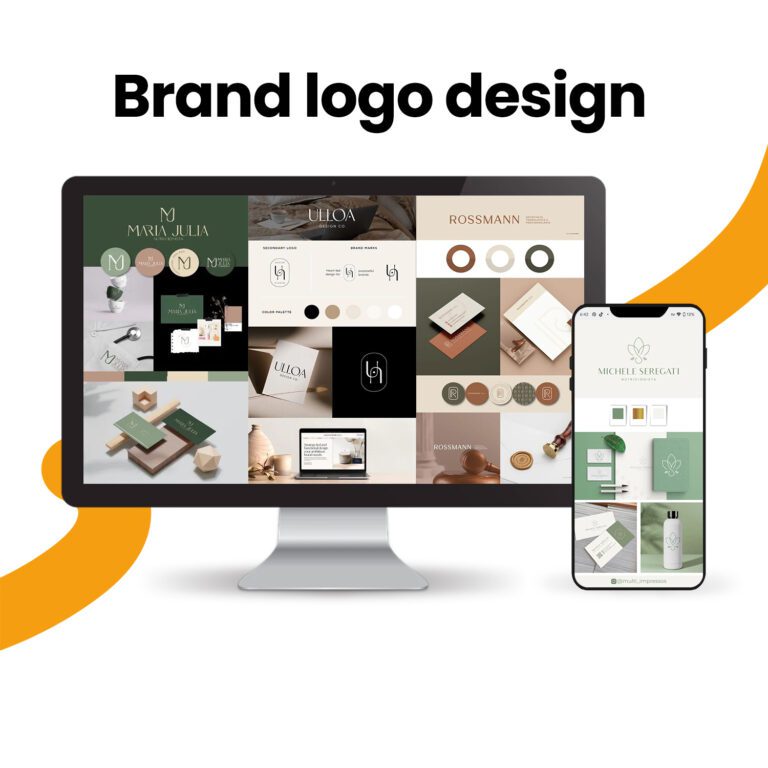
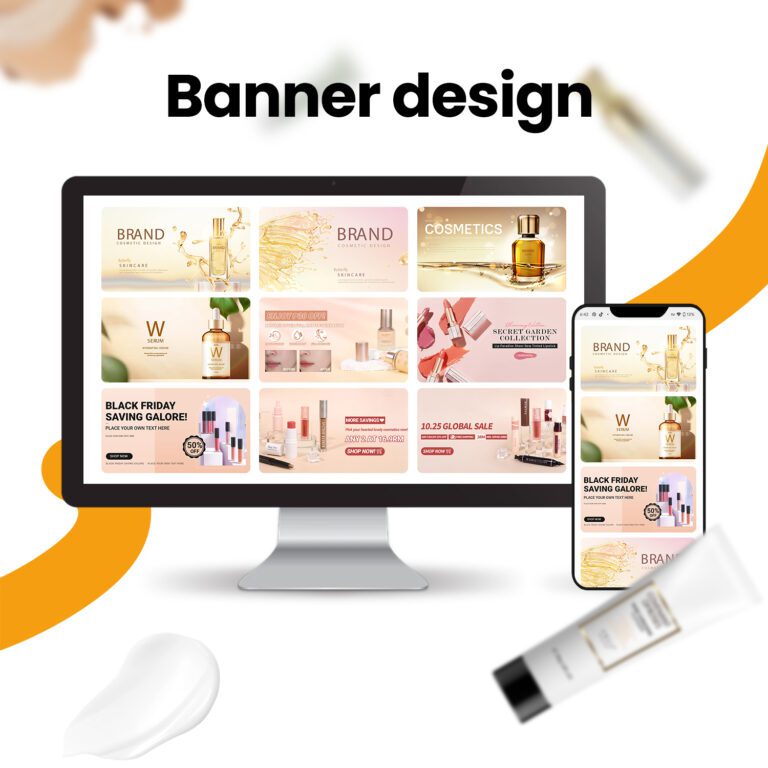
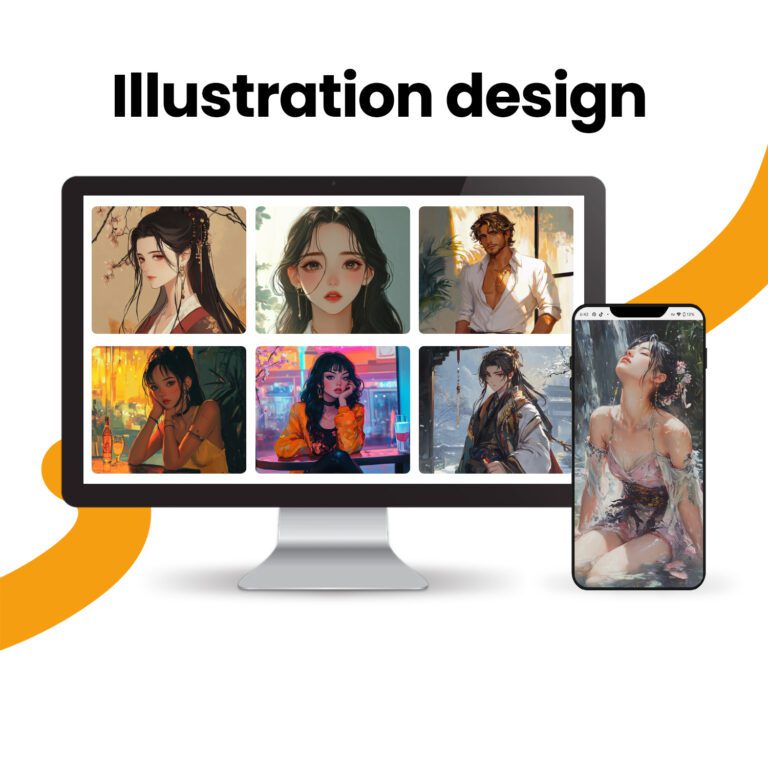
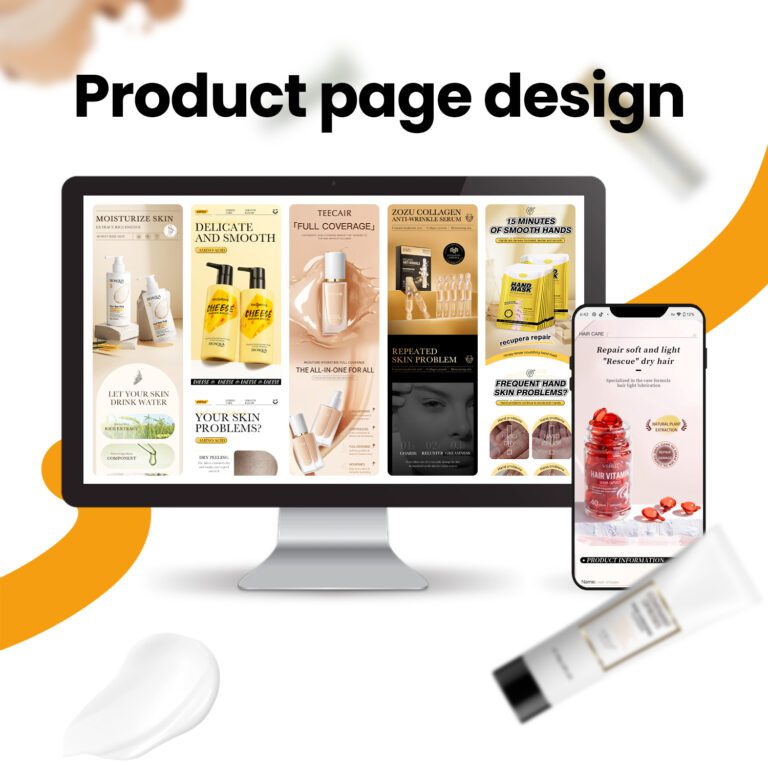
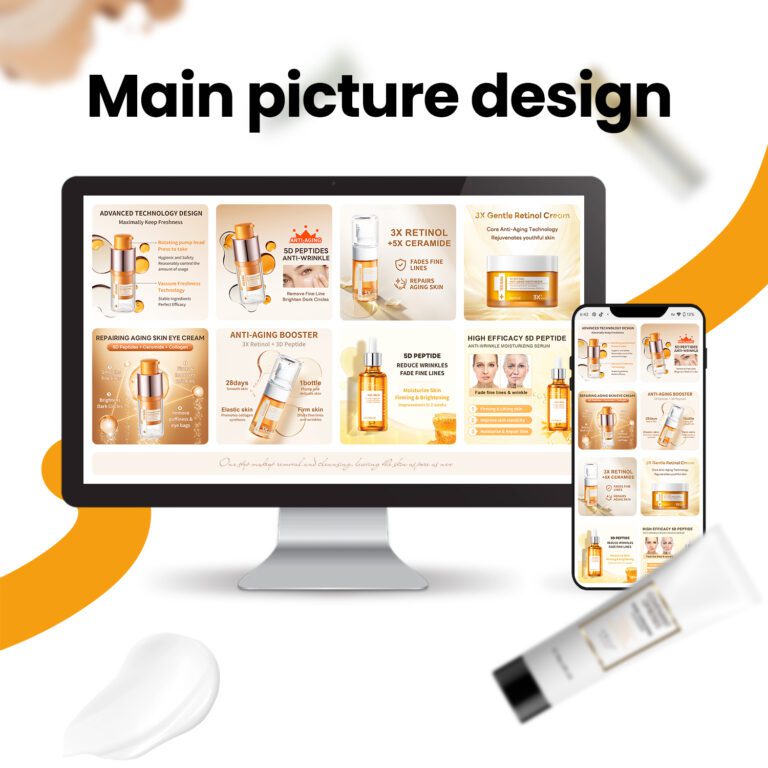
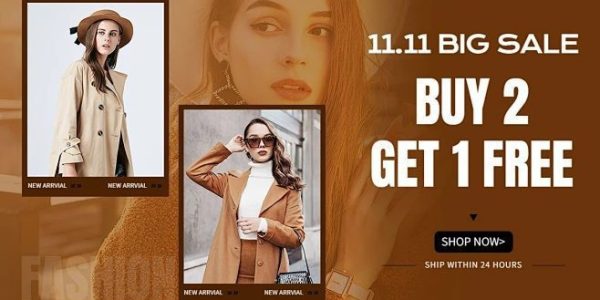


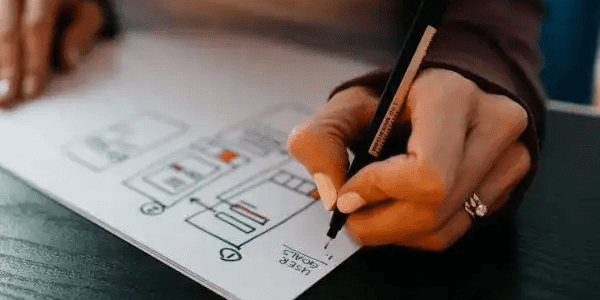

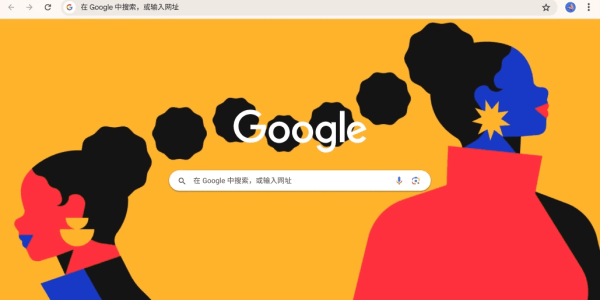

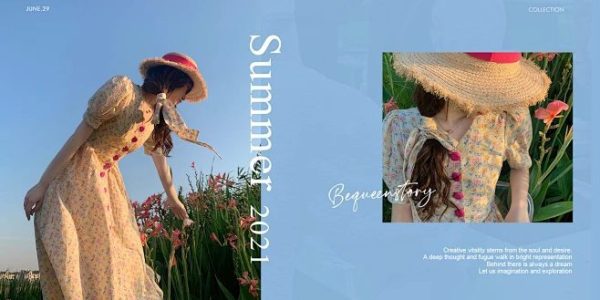


Comments are closed